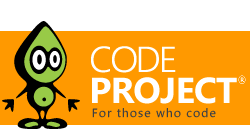WebGL
WebGL
Great Reads
by
With the advent of WebGL and asm.
by
Use JavaScript and HTML5 to build a 3D molecule viewer.
by
I challenged myself to create a WebGL game that is fully accessible to visually-impared individuals.
Latest Articles
by
With the advent of WebGL and asm.
by
Use JavaScript and HTML5 to build a 3D molecule viewer.
by
I challenged myself to create a WebGL game that is fully accessible to visually-impared individuals.

